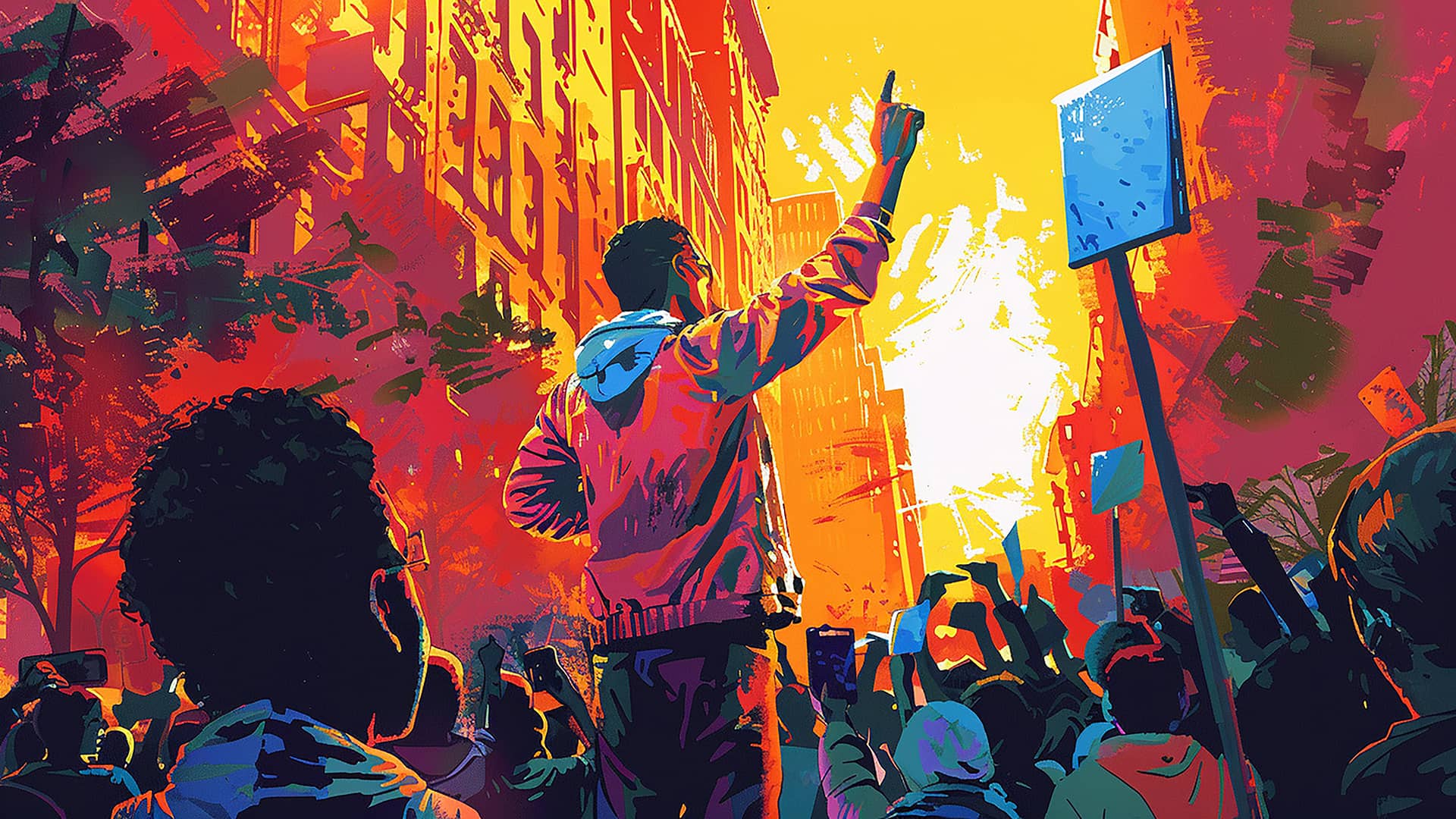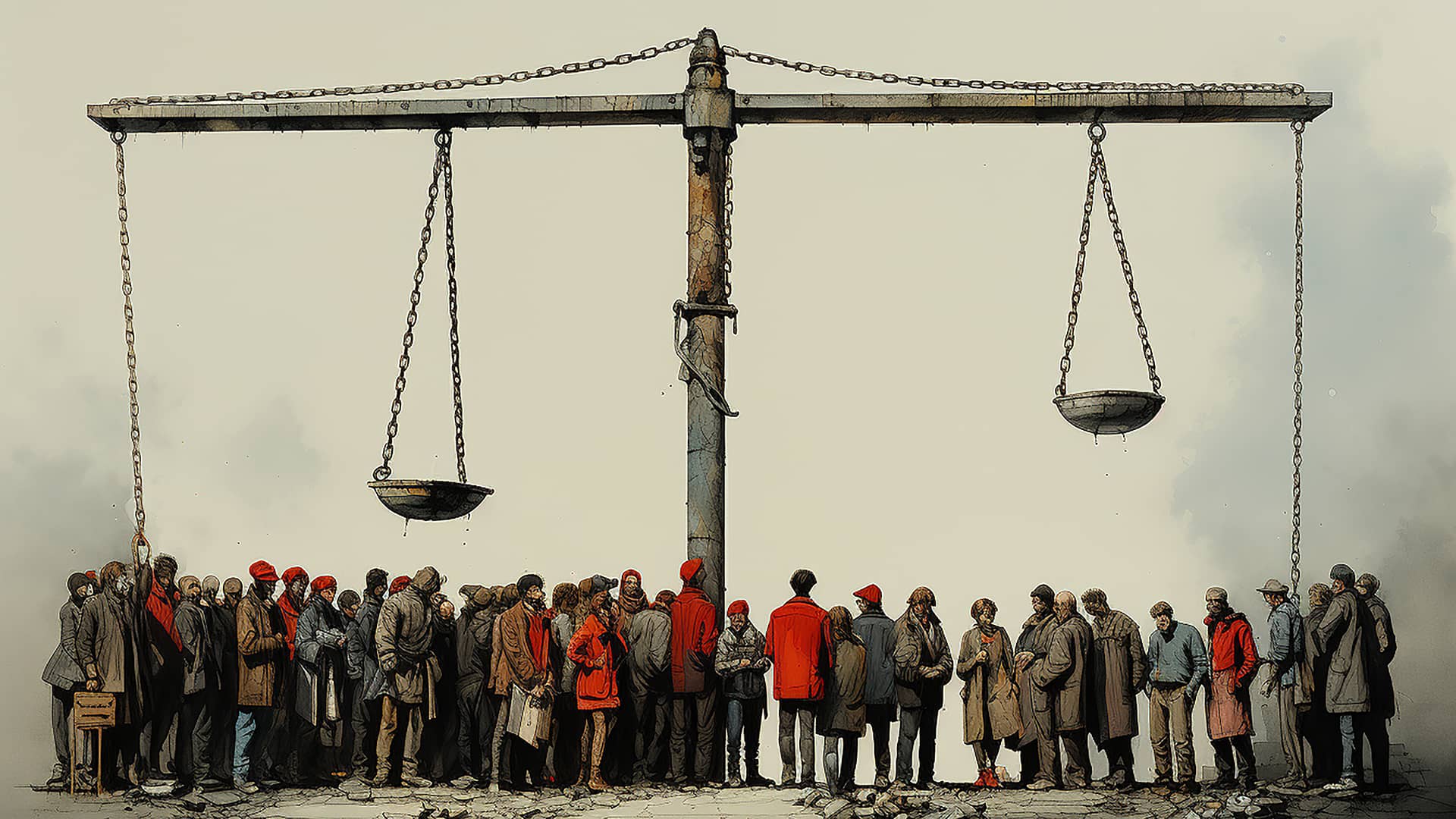Grassroots Advocacy: How You Can Stand Up for Human Rights in Turkey

What Is Grassroots Advocacy?
Grassroots advocacy refers to citizen‑led movements that aim to influence public policy and social attitudes from the bottom up. Unlike top‑down lobbying by large institutions, grassroots campaigns rely on ordinary people organizing within their communities. Their power lies in numbers and authenticity; when diverse citizens speak out, policymakers pay attention.
AST’s Grassroots Initiatives
AST demonstrates how grassroots advocacy can amplify human‑rights issues. Their 2022 report highlights over 200 human‑rights projects conducted by volunteers. Some notable initiatives include:
- The Social Genocide exhibition: This travelling exhibition uses personal belongings of human rights violations and persecution victims/survivors to illustrate the human cost of repression. It has been hosted in multiple cities, engaging visitors emotionally and intellectually.
- Publishing victim stories: AST has released books about individuals such as Gökhan Açikkollu and Halime Gülsu, who died because of torture in Turkish prisons. These narratives humanize statistics and build empathy.
- Surveys on women’s experiences in jail: AST conducted surveys to document rights violations faced by imprisoned women. The findings are shared with international bodies to inform policy.
- Freedom Convention: The organization gathers human‑rights experts and activists for conferences that not only analyze issues but propose solutions.
Through these projects, AST mobilizes volunteers, artists, academics and survivors. They provide opportunities for supporters to contribute time or skills, from translating reports to organising local screenings of documentaries.
Why Grassroots Movements Matter
History shows that major advances in human rights issues often begin with grassroots mobilization. The civil‑rights movement in the United States, the anti‑apartheid struggle in South Africa and more recent movements like #MeToo and Fridays for Future were led by ordinary people demanding change. These movements succeed because they shift public opinion, influence policymakers and create a sense of collective power. In Turkey, grassroots protests such as the 2013 Gezi Park demonstrations showed the government that citizens would not accept unchecked development and authoritarianism.
Elements of Effective Advocacy
Successful campaigns share certain characteristics. First, they have a clear goal, whether it’s releasing a political prisoner or changing a specific law. Second, they build coalitions across ideological, ethnic and generational lines, recognizing that unity is essential. Third, they develop compelling narratives—personal stories or symbols that resonate. Fourth, they employ a mix of tactics, including petitions, rallies, creative art projects and digital outreach. And finally, they adapt; when authorities shut down one avenue, advocates find another.
Storytelling as Advocacy
Storytelling is at the heart of AST’s work. Exhibitions like Social Genocide use photographs and personal belongings to evoke empathy for victims. Books like those about Gökhan Açikkollu and Halime Gülsu memorialize individuals who might otherwise be forgotten. AST’s art and film contests invite young people to express their understanding of human rights. These creative outlets are powerful because they bypass political rhetoric and speak directly to emotions. They also reach audiences who might not read lengthy reports but will attend an art show or watch a short film.
Building Communities Across Borders
Human‑rights advocacy does not stop at national borders. Turkish diaspora communities in Europe, North America and elsewhere play a crucial role in sustaining campaigns. They organize protests in front of embassies, lobby foreign governments and provide support to refugees. Grassroots groups can also partner with global organizations like Amnesty International, Human Rights Watch and Reporters Without Borders to amplify their impact. Technology enables activists to coordinate across time zones, share resources and learn from each other’s experiences. Building transnational alliances helps protect activists who are at risk and ensures that human rights remain on the international agenda.
How You Can Get Involved
- Educate Your Community: Host film screenings, book clubs or discussions about human‑rights issues in Turkey. AST’s resources, such as its exhibitions and publications, are useful tools.
- Volunteer Your Skills: Whether you are a lawyer, graphic designer, translator or event organizer, there is always a need for your expertise. AST often collaborates with volunteers to prepare reports, design infographics and plan events.
- Participate in Online Campaigns: Use hashtags, sign petitions and share stories to amplify the voices of Turkish prisoners of conscience. AST’s social‑media accounts provide ready‑to‑share content.
- Support Artistic Initiatives: AST organizes art contests, film competitions and poem/song contests to engage youth and creatives. Participate or help promote these events to raise awareness.
- Advocate with Policymakers: Arrange meetings with local representatives or write letters urging them to address human‑rights abuses in Turkey. Grassroots pressure can influence foreign policy and human‑rights resolutions.
- Create Local Chapters: If there is no AST chapter in your city, start one. Gather like‑minded people to plan events, translate materials and connect with AST leadership.
- Raise Funds Creatively: Host charity dinners, art auctions or online fundraisers to support victims’ legal fees and family expenses. Transparent fundraising builds trust and sustains long‑term efforts.
- Engage Faith and Community Leaders: Religious and community leaders often hold moral authority. Ask them to speak about human rights in sermons or community meetings, broadening the movement’s reach.
- Collaborate with Universities: Partner with student clubs and professors to organise conferences, produce research papers and mentor students interested in human rights.
- Practice Self‑Care and Resilience: Activism can be exhausting. Build supportive communities that prioritize mental health, celebrate small victories and avoid burnout.
Amplifying the Impact
Effective grassroots advocacy requires coordination and persistence. Consider forming local groups that meet regularly to plan actions. Collaborate with other human‑rights organizations to broaden your reach. Most importantly, centre the experiences of those directly affected; survivors and their families should lead the narrative and guide advocacy priorities.
Conclusion
Grassroots movements remind us that ordinary people have extraordinary power. By volunteering, sharing information and engaging with decision‑makers, you can help restore human rights in Turkey. AST’s projects demonstrate that collective action can break through repression and bring hope to the silenced.
Families Under Siege: The Human Impact of Mass Detention
Understanding Mass Detention Mass detention occurs when governments arrest large numbers of people—often without charge or fair trial—for p...
Read MoreInternational Human Rights Law: Empowering Victims of State Oppression
The Global Framework International human‑rights law is a network of treaties, conventions and customary norms designed to protect people fr...
Read MoreThe Rule of Law: Guarding Civil Liberties and Human Dignity
What Is the Rule of Law? The rule of law is the principle that all individuals—including government officials—are subject to the law, which...
Read More


